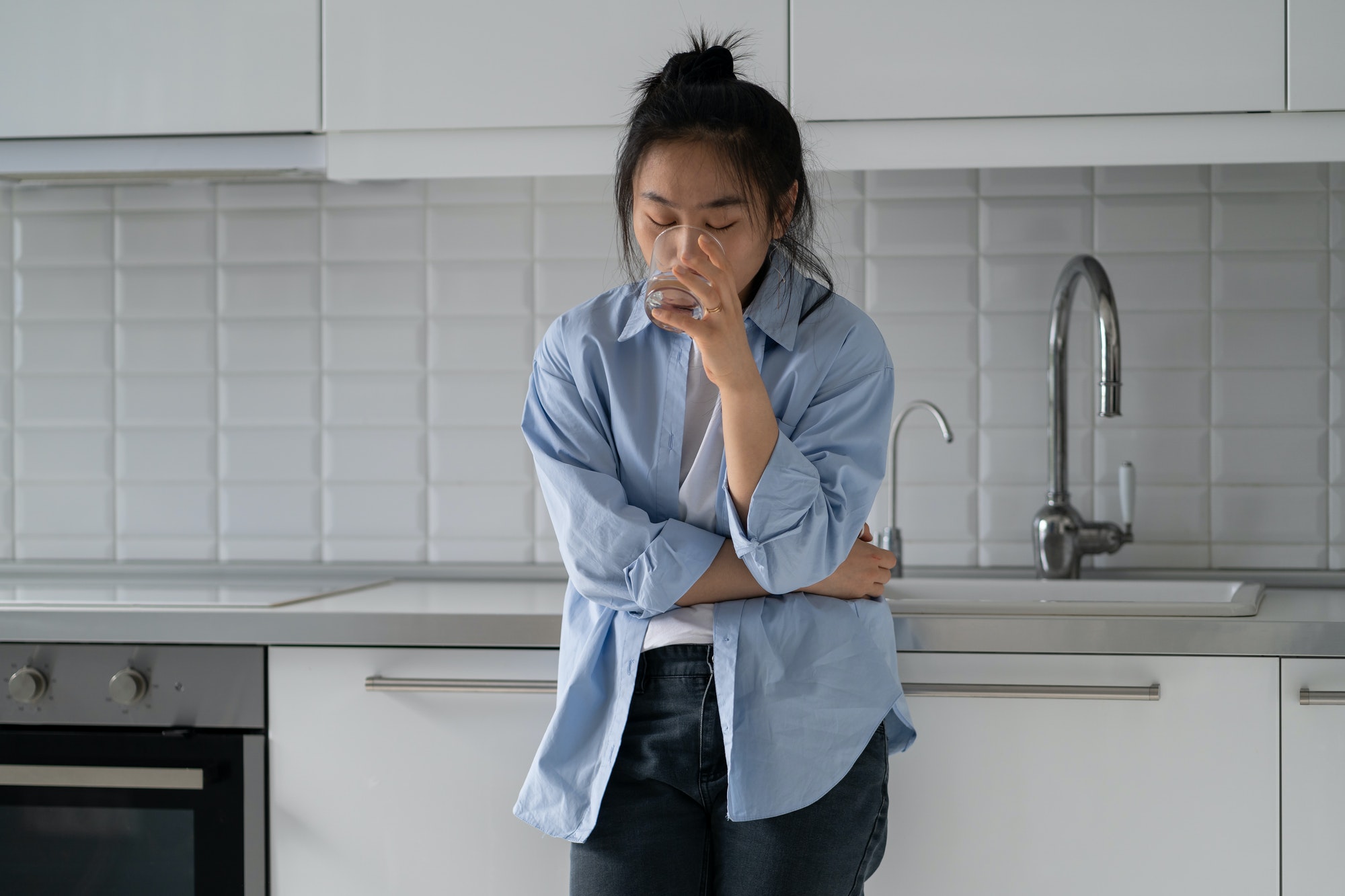“Panic disorder” and “panic attack” are related terms, but they refer to different concepts in the context of mental health.
Panic disorder is a specific type of anxiety disorder characterized by recurrent and unexpected panic attacks. It involves a persistent fear of future panic attacks and significant changes in behaviour related to the attacks.
Panic attacks are intense episodes of fear or discomfort that reach a peak within minutes, and can occur in various anxiety disorders, including panic disorder. They are characterized by a sudden onset of physical and cognitive symptoms. Panic attacks can be a feature of several anxiety disorders, including panic disorder, agoraphobia, social anxiety disorder, and specific phobias.
Key Features of Panic Disorder:
- Recurrent Unexpected Panic Attacks: Individuals with panic disorder experience recurrent episodes of intense fear or discomfort, known as panic attacks. These panic attacks reach a peak within minutes.
- Anticipatory Anxiety: There is persistent worry about having future panic attacks, leading to behavioural changes to avoid situations associated with panic.
- Impact on Daily Life: The fear of panic attacks can significantly impact an individual’s daily life, relationships, and activities.
Key Features of Panic Attacks:
- Abrupt Onset: Panic attacks come on suddenly and usually reach their peak within 10 minutes.
- No Specific Trigger: Panic attacks can occur unexpectedly or in response to a specific trigger.
- Physical, Emotional and Cognitive Symptoms:
Physical Symptoms:
- Rapid Heartbeat (Palpitations):
- A noticeable increase in heart rate or palpitations is a common physical symptom of panic attacks.
- Sweating:
- Profuse sweating, even in the absence of physical exertion or elevated temperature.
- Trembling or Shaking:
- Involuntary shaking or trembling, often affecting the hands or limbs.
- Shortness of Breath or Hyperventilation:
- Feeling like you can’t breathe or experiencing rapid, shallow breathing.
- Chest Pain or Discomfort:
- A feeling of tightness or pain in the chest, which can sometimes be mistaken for a heart attack.
- Nausea or Abdominal Discomfort:
- Upset stomach, queasiness, or abdominal discomfort.
- Dizziness or Lightheadedness:
- Feeling lightheaded, dizzy, or unsteady on your feet.
- Chills or Hot Flashes:
- Sudden sensations of cold or hot flashes, contributing to a feeling of discomfort.
- Numbness or tingling sensations
- Tingling, numbness, “pins and needles,” or a “burning” feeling.
Emotional Symptoms:
- Intense Fear or Terror:
- Overwhelming feelings of fear or terror that can be difficult to control.
- Feeling of Impending Doom:
- A strong sense that something terrible is about to happen, even though there may be no apparent threat.
Cognitive Symptoms:
- Feeling Detached or Unreal:
- A sense of detachment from oneself or feeling as if the surroundings are unreal (depersonalization or derealization).
- Fear of Losing Control or Going Crazy:
- A pervasive fear of losing control or going insane.
- Fear of Dying:
- A belief that the panic attack may lead to death, even though panic attacks themselves are not life-threatening.
- Difficulty Concentrating:
- Difficulty focusing on tasks or thoughts due to the overwhelming nature of the panic attack.
TREATMENT FOR PANIC ATTACK AND PANIC DISORDER
Treatment for panic disorder often involves a combination of therapeutic approaches, lifestyle modifications, and, in some cases, medication. The goal of treatment is to reduce the frequency and intensity of panic attacks, alleviate associated symptoms, and improve overall functioning.
It’s important to note that treatment for panic disorder is individualized, and what works for one person may not work for another. It’s recommended that individuals consult with a mental health professional to determine the most appropriate and effective treatment plan for their specific needs. Early intervention and consistent treatment adherence can lead to significant improvement in symptoms and overall functioning.
Here are common components of treatment for panic disorder:
- Cognitive-Behavioral Therapy (CBT):
- Cognitive Restructuring: Helps individuals identify and change negative thought patterns that contribute to panic attacks.
- Exposure Therapy: Gradual exposure to feared situations or sensations to reduce anxiety and desensitize the individual to triggers.
- Medication:
- Qualified healthcare professionals may prescribe medications under these classes: Selective Serotonin Reuptake Inhibitors (SSRIs), Benzodiazepines, Serotonin-Norepinephrine Reuptake Inhibitors (SNRIs), etc., and is typically in conjunction with psychotherapy.
- Relaxation Techniques:
- Learning and practicing relaxation techniques, such as deep breathing and progressive muscle relaxation can help manage anxiety and reduce the likelihood of panic attacks.
- Lifestyle Modifications:
- Regular Exercise: Engaging in regular physical activity can help manage stress and anxiety.
- Healthy Sleep Habits: Establishing a consistent sleep routine and ensuring adequate sleep is important for overall mental health.
- Limiting Stimulants: Reduce or eliminate the consumption of stimulants like caffeine and nicotine, which can exacerbate anxiety.
- Education and Psychoeducation:
- Understanding the nature of panic attacks, their triggers, and the body’s response to stress is an essential component of treatment.
- Support Groups:
- Joining a support group for individuals with panic disorder can provide a sense of community and shared experiences.
- Self-Help Strategies:
- Learning and practicing self-help strategies, such as recognizing and challenging negative thought patterns, can empower individuals to manage anxiety on their own.
- Regular Monitoring and Follow-up:
- Regular check-ins with a mental health professional to monitor progress, discuss any challenges, and adjust treatment as needed.


